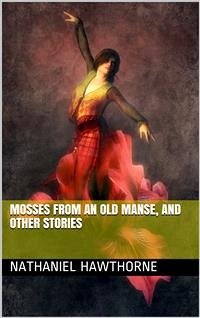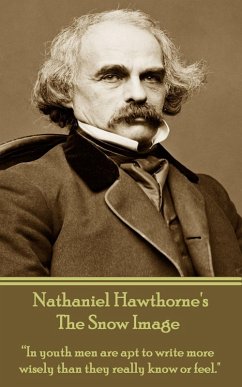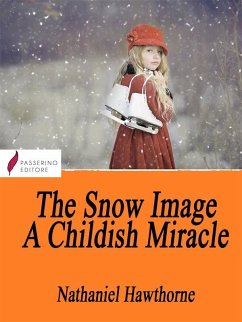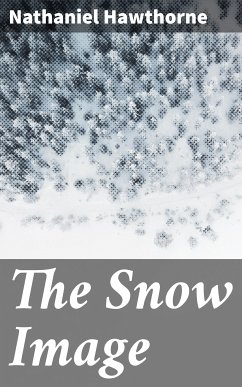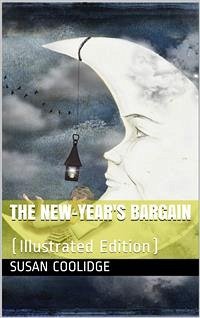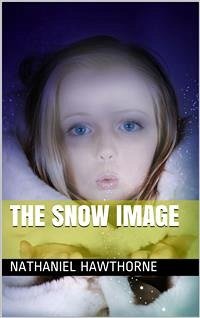
The Snow Image (eBook, ePUB)
Versandkostenfrei!
Sofort per Download lieferbar
2,49 €
inkl. MwSt.
Weitere Ausgaben:

PAYBACK Punkte
0 °P sammeln!
In this instance, the "beautiful image" is the snow image herself, a delicate sculpture formed and animated by the inspired hands of the two trusting children of the Lyndsey family, but later destroyed by the demands of their father-a kindly, practical man-whose refuses to acknowledge that the little girl he spies playing out of doors is an easily perishable creature, and insists that she come inside and sit by the fire. Contents The Snow Image: A Childish Miracle The Great Stone Face Ethan Brand The Canterbury Pilgrims The Devil in Manuscript My Kinsman, Major Molineux
In this instance, the "beautiful image" is the snow image herself, a delicate sculpture formed and animated by the inspired hands of the two trusting children of the Lyndsey family, but later destroyed by the demands of their father-a kindly, practical man-whose refuses to acknowledge that the little girl he spies playing out of doors is an easily perishable creature, and insists that she come inside and sit by the fire. Contents
- The Snow Image: A Childish Miracle
- The Great Stone Face
- Ethan Brand
- The Canterbury Pilgrims
- The Devil in Manuscript
- My Kinsman, Major Molineux
Dieser Download kann aus rechtlichen Gründen nur mit Rechnungsadresse in A, B, BG, CY, CZ, D, DK, EW, E, FIN, F, GR, HR, H, IRL, I, LT, L, LR, M, NL, PL, P, R, S, SLO, SK ausgeliefert werden.





